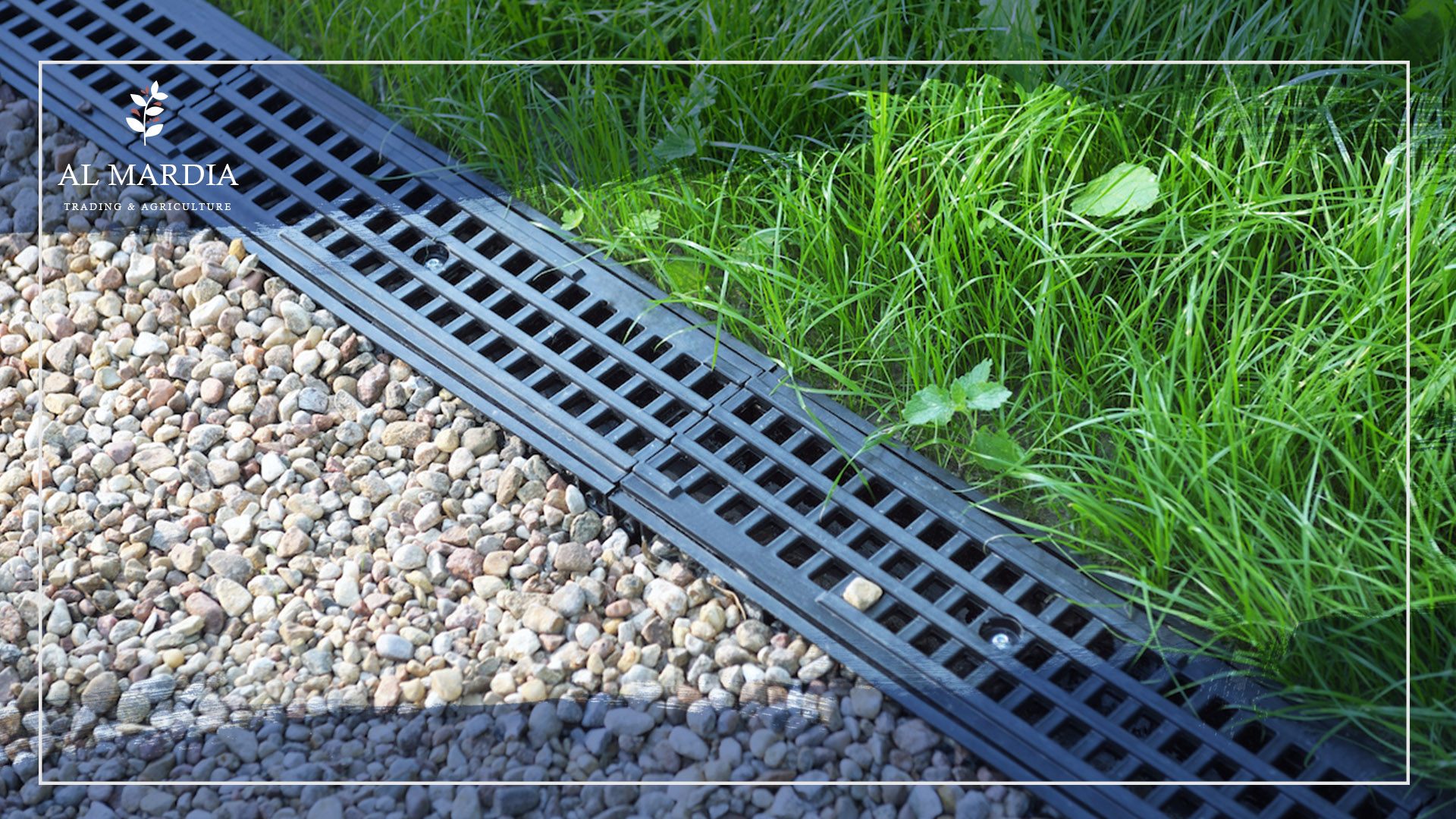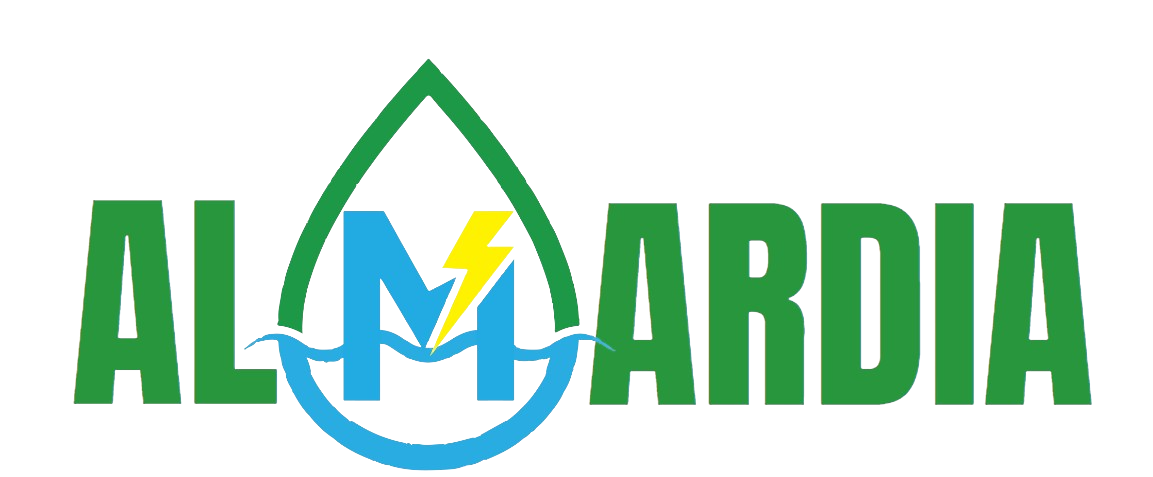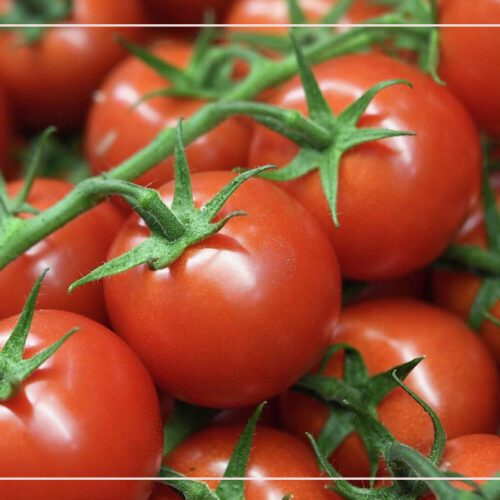
The Soil Drainage System for Your Garden
Soil drainage is an important factor in determining the health and growth of plants. It affects the amount of water and nutrients available to them, as well as the type of soil in which they grow. This article will explore what soil drainage systems are, how they affect plant growth, and how to create a soil drainage system for your garden.
Ensuring proper soil drainage in the garden is a must for successful gardening. Good drainage is essential for the health of any plant. Here we’ll cover why soil drainage is so important, how to test it, and some easy steps on how to improve your soil’s drainage capabilities.
Why soil drainage is important
- Optimal soil for gardens and plants must be able to hold moisture yet remain sufficiently aerated. It should not get compacted, as this restricts air and water flow around the roots of your plants; both vital components for healthy growth. Excessive moisture or water logging is also not ideal.
- Whenever the soil is too moist, the oxygen supply to your plants’ roots gets blocked. Proper drainage helps in filtering out excessive water and keeps the plants from getting overwatered.
- Plants that grow in areas with good soil drainage tend to have healthier roots. The reason this is particularly important is that roots help protect plants from eroding away by anchoring them to the ground.
- The root hairs, known as feeder roots, found at the end of a root system are responsible for the majority of water and nutrient absorption. Once the older feeder roots pass away, new ones take their place.
- Without oxygen, feeder roots will slowly deplete or even die off. Therefore, good drainage is key to keeping your plants healthy and allowing oxygen to reach them. Drainage simultaneously filters away excess water and replenishes the soil with necessary oxygen.
Tips to Improve soil drainage
Organic materials
Incorporating organic substances, including compost, manure, and shredded leaves into your soil can help in improving its drainage regardless of how well it drains already. This technique works on soil with both good and bad drainage. See Growthmax. Organic materials are the most beneficial for soil health as they increase the number of aggregates, helping create a better environment for oxygen and water. Unlike sand or perlite, these materials provide more nutrition when incorporated into the soil.
Green manure
- An efficient way to nourish the soil is through green manures or cover crops. Planting these in the fall and eliminating them in early spring, either through mowing or glyphosate, can provide nutrition and aeration to the earth. This is an achievable alternative to soil amendment.
- Adding diversity to your plant collection is a great way to promote soil health and better drainage in those areas. Choose different types of plants and you will be able to create a wider range of microbes that are essential for the well-being of your soil.
Avoid over tillage
Hand spading, trenching, and aeration are all effective ways of breaking up soil. There can be problems if people over till their soil or do it too often as it can cause compaction; however, a single tilling session should provide adequate aeration without heavily disrupting your earthworm population. Don’t forget to use Wormcasting after tilling to increase soil porosity and aeration.
Never walk on wet soil
The process of soil compaction occurs when particles are pressed together, resulting in a lack of oxygen and water penetration. To keep soil healthy, it’s important to avoid activities that can cause compaction such as walking on it or working in wet soils.
Redirect water
One way to prevent water from coming into contact with your plants’ root zone is by changing the elevation of your garden. You can do this by redirecting water away from your garden, which will stop it from becoming a low-lying area. If water accumulates around your property due to a downspout or depression, you may want to consider redirecting it away to avoid potential damage.
Different Types of Soil Drainage Systems
Soil drainage systems are an essential part of any landscape project. They are designed to help control water runoff and prevent flooding. There are several different types of soil drainage systems available, each with its own uses:
Surface Drainage
This type is the most common type of drainage system and involves diverting away water from buildings and other structures. Gutters, downspouts, and drains are generally used to channel this water away from the property. Especially in areas with more rainfall or snowmelt, these surface drains collect runoff and ensure your property stays dry.
Subsurface Drainage
- Subsurface drainage is employed to capture and remove water that has already been absorbed into the soil. It is a common method used in sites with high groundwater levels or poor soil conditions.
- Installing a subsurface drainage system at the edges of your property can help protect it from the effects of excessive moisture. It redirects the water away from your foundation into a designated drainage system. Moreover, it provides a layer of defense against potential damage.
Stormwater Management
Stormwater management is an effective way of controlling surface runoff from heavy rain and storm events. Detention ponds, infiltration basins, and other strategies are employed to capture the water and then release it back into the ground slowly. This type of drainage system is especially beneficial in areas with heavy rainfall or prone to flooding.
In conclusion, having a good drainage system in your garden is essential for keeping it healthy and looking great. By taking the time to plan and install the right components, you can ensure that your garden will remain lush and vibrant for years to come. From choosing the right materials to installing effective drainage systems, there are many ways to improve your outdoor space.
Related Topic
Soil Organic Matter
Common Questions
-
What is the best thing to add to the soil for drainage?
Improving clayey soil through the addition of organic materials, like compost, farm manure or shredded leaves can dramatically improve water drainage and air retention. This can result in greater plant growth and enriched biological activity.
-
What is the cheapest way to improve soil drainage?
Adding sand to your garden soil is a great way to improve drainage and aeration of the soil. It’s also one of the most cost-effective amendments you can make. In other words, its small particles break up compacted clods, allowing for better root development.
-
What causes poor drainage in soil?
Soil compaction is one of the primary causes leading to water stagnation. The pores in soil are like small openings that allow water to move freely when connected. Unfortunately, compaction smashes these pores, affecting their continuity and obstructing the flow – consequently causing ponding and damp patches in the subsurface which are deprived of oxygen.





